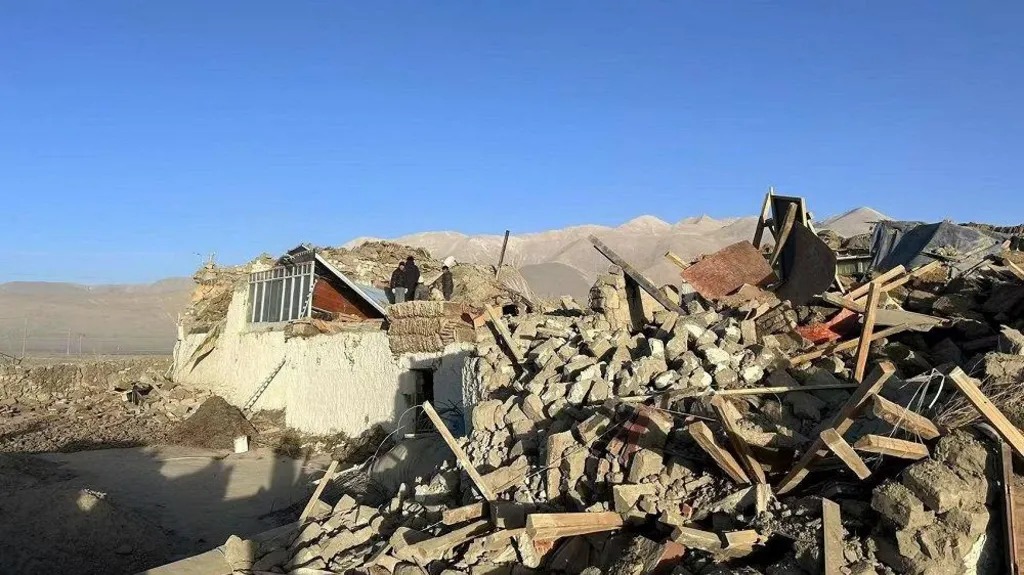
Impact of the Tibet Earthquake on Lives and Infrastructure
The devastating Tibet earthquake caused significant destruction in Shigatse, a holy Tibetan city. More than 1,000 houses were damaged or destroyed, forcing families into freezing conditions.
- Magnitude: 7.1 (USGS data)
- Depth: 10 km (6 miles)
- Casualties: 95 confirmed dead, 130 injured
- Aftershocks: Over 40 recorded within hours
Emergency services face challenges due to the cold, with temperatures dropping as low as -18°C. Survivors are receiving aid, but the destruction is immense.
Rescue Operations Amid Harsh Weather Conditions
The Chinese government has mobilized rescue teams, drones, and helicopters to support the affected areas. Efforts include:
- Distributing Emergency Supplies: Blankets, food, and medical kits
- Clearing Debris: To search for survivors
- Weather Challenges: Rescue efforts continue in temperatures as low as -18°C
President Xi Jinping has emphasized minimizing casualties and resettling residents.
Cultural Significance of the Region
Shigatse, home to 800,000 people, holds religious and cultural importance in Tibet. It is the traditional seat of the Panchen Lama, the second most revered figure in Tibetan Buddhism.
The Dalai Lama expressed sorrow for the victims, stating,
“I offer prayers for those who lost their lives and wish for a swift recovery for the injured.”
Seismic Activity in the Himalayan Region
This Tibet earthquake highlights the region’s vulnerability to seismic activity due to its location on the Indian and Eurasian tectonic plates.
- Recent Major Quakes:
- 2015 Nepal earthquake (7.8 magnitude) caused nearly 9,000 deaths.
- Regular smaller tremors in the area
Residents of nearby regions like Nepal and India are reminded of past disasters and remain vigilant for aftershocks.
External and Internal Links
- For more details, visit the full report on BBC News.
- Learn how to support disaster recovery at Kenkou Land.





